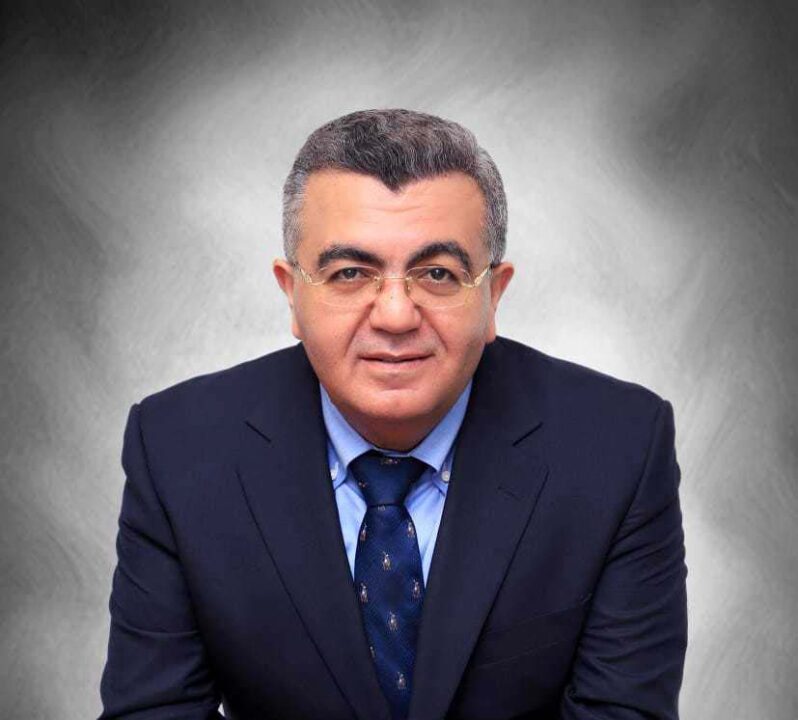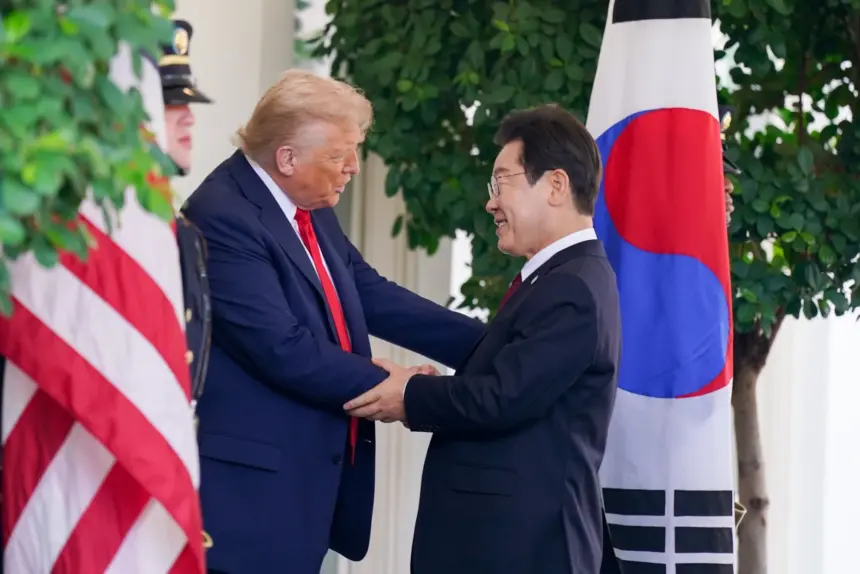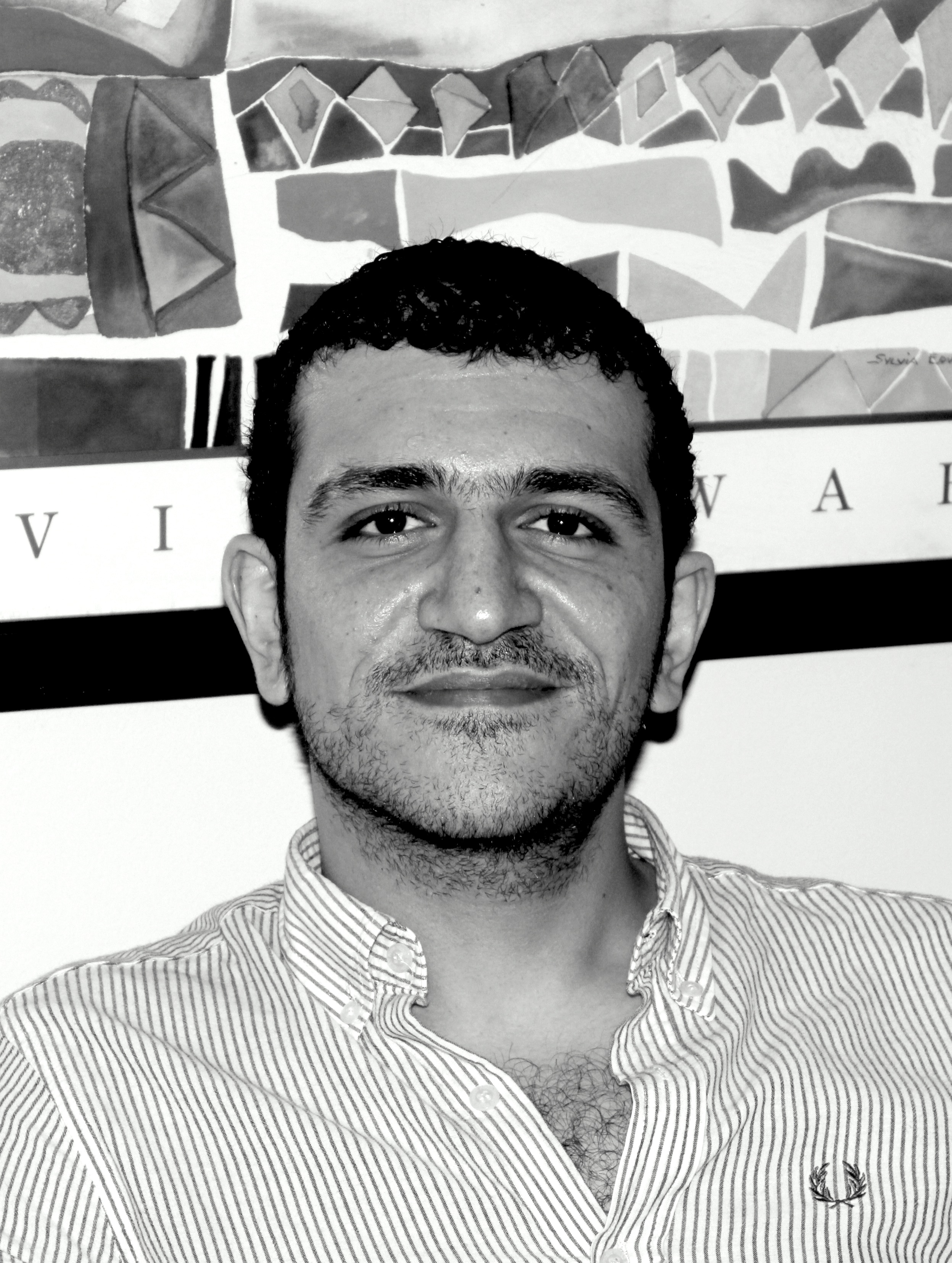US President Donald Trump has welcomed his South Korean counterpart, Lee Jae Myung, to the White House in a summit described as pivotal—not only for the future of bilateral ties but also for the broader geopolitical balance in Asia. While the meeting was seen as an attempt to recalibrate the US–South Korea alliance in the face of North Korea’s nuclear threats and China’s growing influence, the real question remains: will it usher in a new era of strategic cooperation, or will it expose deep fissures that push the region toward further fragmentation?
Trump’s return to the White House has been marked by the same guiding principle that defined his first term: “America First.” For him, alliances are less enduring partnerships than financial arrangements in which allies are expected to shoulder more of the costs. Unsurprisingly, one of the central points on his agenda was the familiar demand that South Korea increase its contribution to hosting the 28,500 American troops stationed on its soil.
Lee Jae Myung, by contrast, arrived in Washington with a different mandate. His campaign promise of a “Strong Korea” commits him to defending national sovereignty and balancing reliance on Washington with Seoul’s own strategic independence. This divergence—between Trump’s transactional approach and Lee’s nationalist vision—places the summit in a delicate balance: can the two leaders find common ground, or will their priorities collide head-on?
Adding another layer of complexity was Lee’s high-profile visit to Tokyo just days before his Washington trip, where he met Japanese Prime Minister Shigeru Ishiba. That encounter produced a commitment to closer defence and economic cooperation, signalling that Seoul and Tokyo are prepared to act in tandem to confront regional threats. More importantly, it sent a subtle message to Washington: if the United States pushes too hard, its Asian allies may increasingly rely on each other rather than on American guarantees. In effect, Lee did not arrive in Washington as a dependent junior partner but as a regional player weaving a web of alliances that gives him room to manoeuvre.

Economics looms large over the relationship. Trump, who often boasts of his deal-making prowess, may view joint projects—such as shipbuilding contracts or high-tech cooperation—as evidence of success. Yet the danger lies in his readiness to transform economic collaboration into a tool of pressure, by reviving threats of tariffs on South Korean exports, particularly automobiles and electronics. Seoul today, however, is not the same as it was a decade ago. Its economy is more resilient, and its deepening ties with Japan provide alternative avenues. Any American attempt at economic coercion could prompt South Korea to rethink its traditional dependence on Washington’s security umbrella.
Hovering in the background of the summit are two unavoidable actors: China and North Korea. Beijing, expanding its influence in the South China Sea and strengthening its economic footprint across the region, is watching closely. A successful US–Korea rapprochement would pose a direct challenge to China’s ambitions, but any failure would give Beijing ample space to tighten its grip. North Korea, meanwhile, continues to insert itself into the regional equation with missile tests and provocations. Both Washington and Seoul know that any lapse in coordination will quickly translate into heightened threats. Yet Trump’s tendency to view even security crises through the lens of “the deal” raises doubts about his capacity to craft a coherent long-term strategy for confronting Pyongyang.
Ultimately, this summit highlights a paradox. The US–South Korea alliance needs reaffirmation more than ever, yet it faces its toughest test in decades. For Trump, the lesson should be that America’s power in Asia derives not merely from troop deployments or naval fleets, but from sustaining the trust of its allies. To drain those allies financially or threaten them economically may yield short-term gains, but over time it erodes the very network of partnerships that has underpinned American dominance since World War II.
For Lee Jae Myung, the challenge is no less daunting. He must prove to his domestic audience that he can defend South Korea’s national interests against Trump’s pressure while still maintaining the strategic partnership with Washington as the cornerstone of his country’s security. His success in striking this balance will shape not only his personal political legacy but also South Korea’s role in a rapidly shifting Asia.
It is too early to pronounce the outcome of the summit. But it is clear that this meeting was no mere formality. It was a test of whether Washington and Seoul can redefine their alliance in a world transformed by China’s ascent, North Korea’s defiance, and Japan’s resurgence as a key player. Should Trump and Lee manage to bridge their differences, the world may witness the birth of a stronger Asia–US axis capable of confronting the challenges of the twenty-first century. If, however, the logic of transactions and coercion prevails over the spirit of partnership, Asia could be pushed into a new phase of tension and division, with consequences that will shape the region for decades to come.
Time alone will tell whether this summit marks the beginning of a stronger alliance or the prelude to deeper fractures. What is certain is that the eyes of the world remain fixed on Washington and Seoul, awaiting answers.
Dr. Hatem Sadek, Professor at Helwan University



